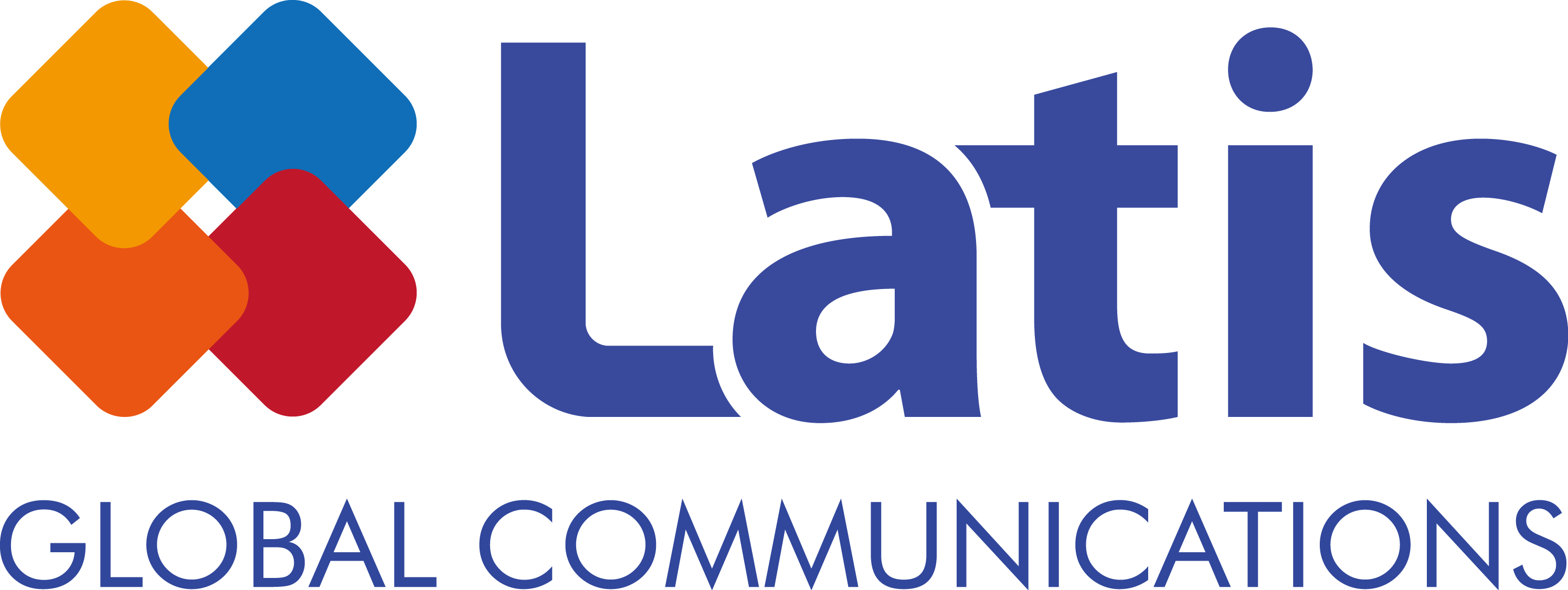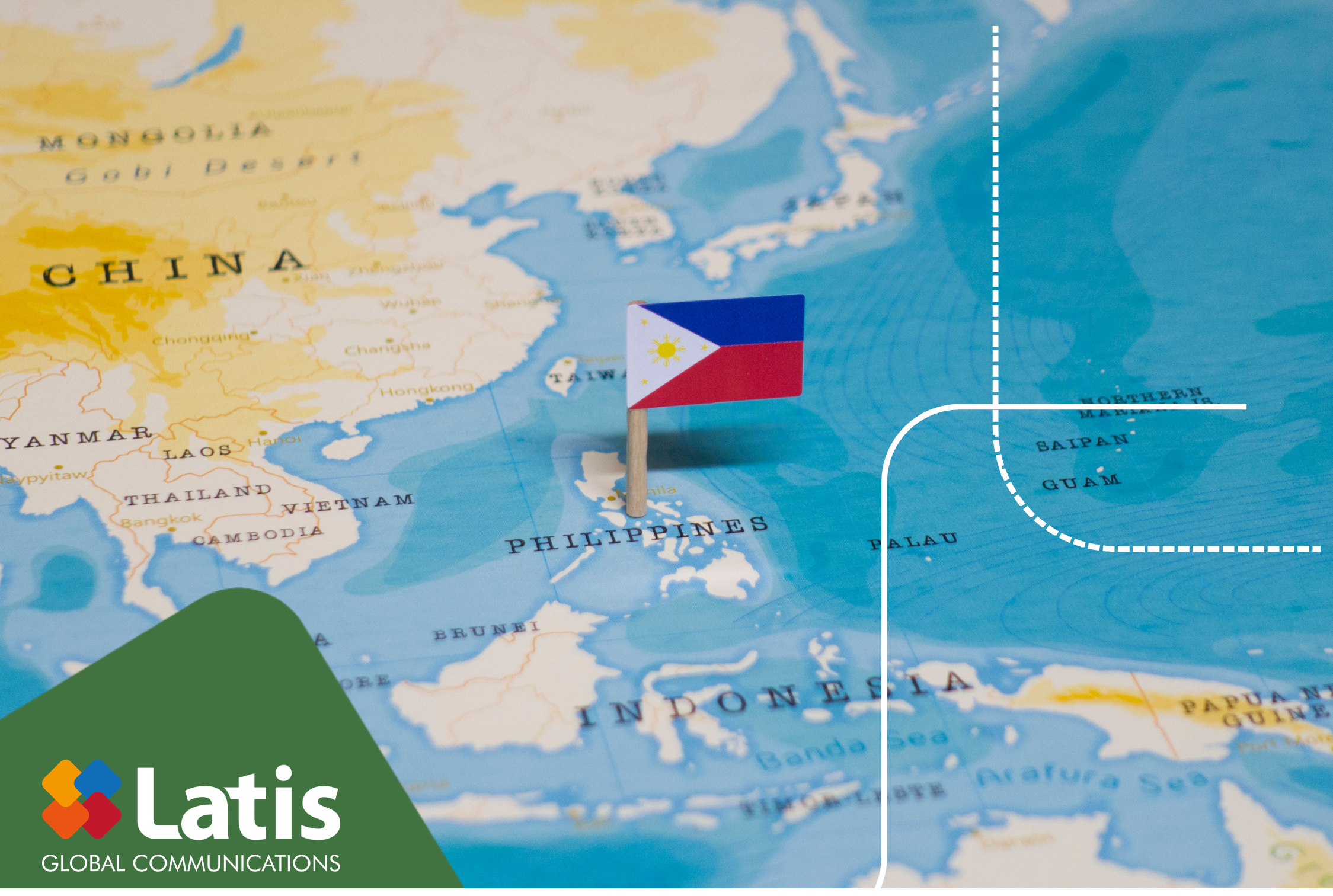
1. What Is the Current Status of the Filipino Gaming Market?
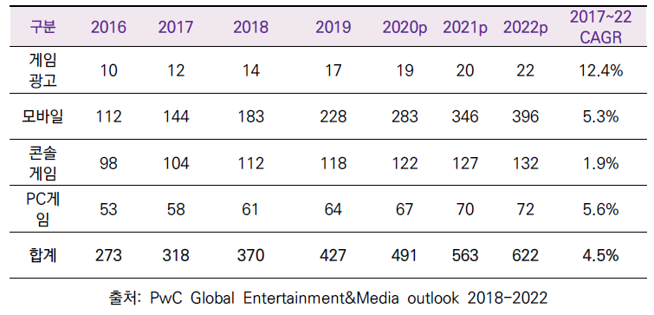
Philippines is a country located in Southeast Asia that consists of about seven thousand islands. As of 2022, its population exceeds 190 million and its gaming revenue is the 25th largest in the world, which makes it one of the biggest gaming markets in Southeast Asia, followed by Indonesia, Vietnam, and Thailand.
With the rapid development of the contact-free industry due to COVID-19 and the intensive internet infrastructure expansion led by the Filipino government, mobile game revenue in the Philippines has significantly increased. Since PC and console games are relatively dependent on hardware specs and high-spec games and their periodic updates could bring about accessibility difficulties, the Filipino market is mostly centered on low-spec PC games.
It appears that 46% of all Filipino male and female mobile game players are aged 21-35, which makes it the age range with the most players. This percentage is followed by those in the 10-20 age range, which amount to 34% of the mobile playerbase. This means that the market has a potential for future growth as the Filipino mobile game users mostly belong to generation MZ.
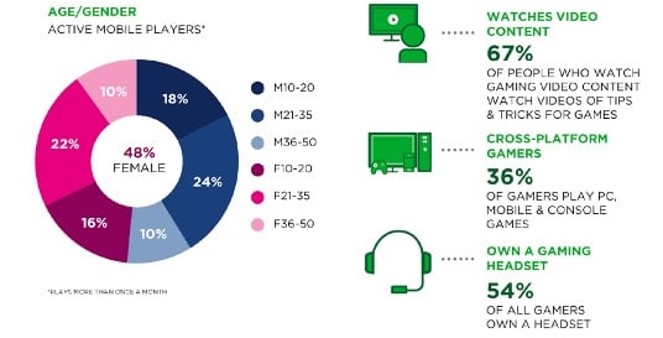
2. Opportunities in the Filipino Gaming Market
Since Filipino local publishers and game developers lack in-house development capabilities, most games developed in the Philippines are casual games that rely heavily on advertising. According to Newzoo, a gaming market analyst company, Filipino gamers enjoy the “strategy” genre the most, followed by the “puzzle” genre. More than half of the internet users in major Filipino cities responded that they have played <Candy Crush> and <Mobile Legends: Bang Bang> in the past 6 months.
3. Korean and Chinese Game Developers Consider the Filipino Gaming Market to Be Important
86% of the smartphone users in the Philippines have an Android OS. If you take a look at the upper ranks of the Android Store mobile game sales, most of the games are by overseas publishers.
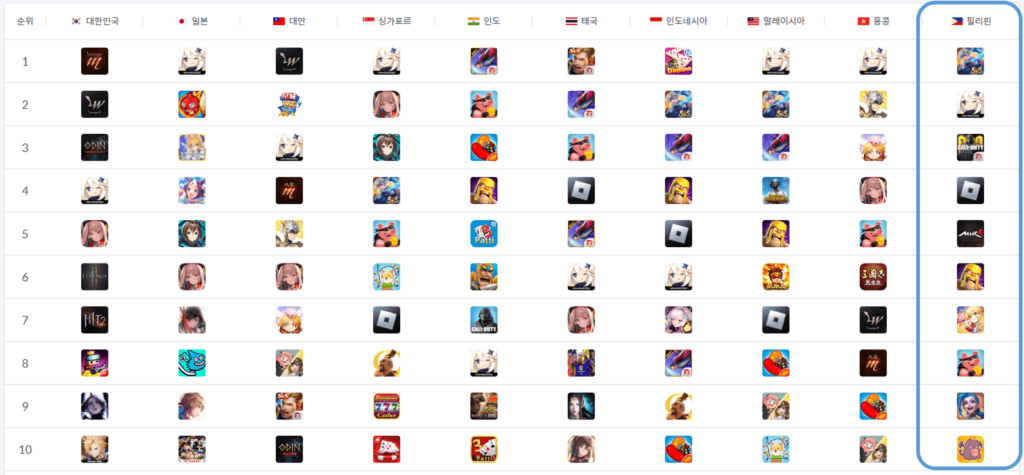
Since the very early stage of the Filipino mobile game industry, Korean publishers have been leading the market, since they have strong fandoms and continue to gain popularity. Korean companies dominated the Filipino Android market by ranking in more than half of the top 10 sales.
In addition, the Chinese game <Mobile Legends> has maintained its place as the national game of the Philippines since its release in 2017. If one looks at the top 10 mobile games, only <Mobile Legends: Bang Bang> and <Genshin Impact> are Chinese games, but when it comes to the top 50, Chinese games definitely take the largest pie. Currently, a few major Chinese game developers have created subsidiaries in the Philippines and are offering localized games. However, it can be predicted that, as the Filipino market continues growing, more Chinese game developers will further expand to the country.
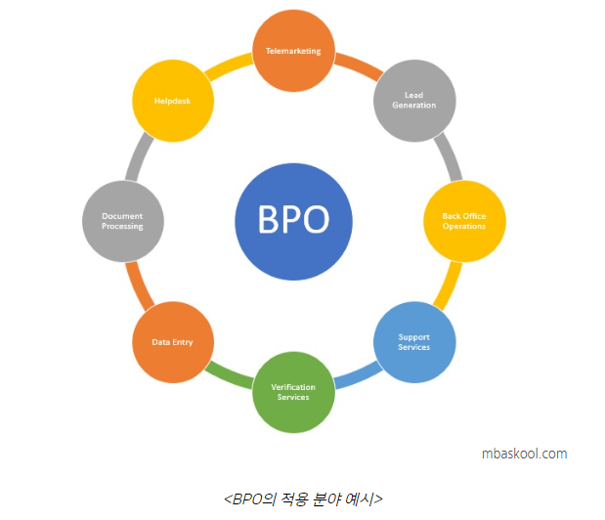
4. The Development of the Filipino BPO Industry
BPO (Business Process Outsourcing) is a business practice in which an organization contracts with an external service provider to perform most business functions or tasks except the essential ones to be free from size limitations and improve competitiveness and efficiency. The BPO industry system from various overseas companies has been maturely developed in the Philippines. In addition, due to the fierce competition in the global gaming market, most Filipino local developers are changing to a Global One-Build strategy. In that sense, the Filipino BPO industry provides another choice for small and medium sized game developers and indie game developers.
Latis Global strengthens BPO services through its local branch in the Philippines and offers its expertise in game localization, game sound, game QA, and game operations to game developers and publishers that aim towards entering overseas markets. For any comments or additional questions about the Filipino gaming market, please email us at contact@latisglobal.com any time.

